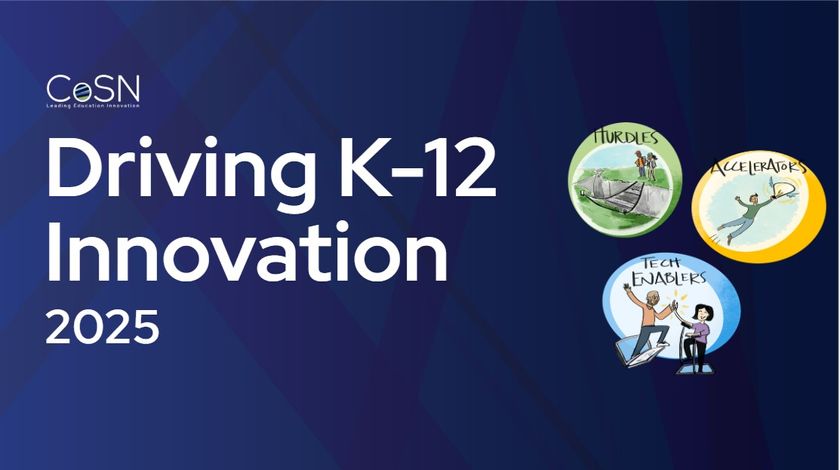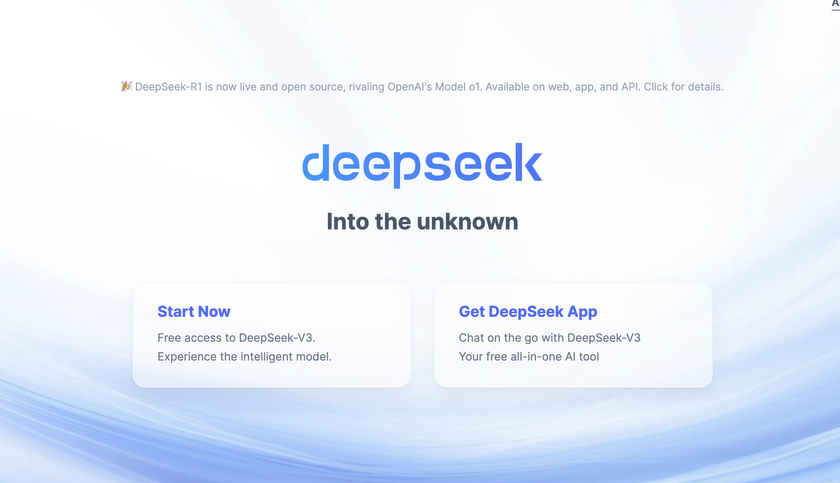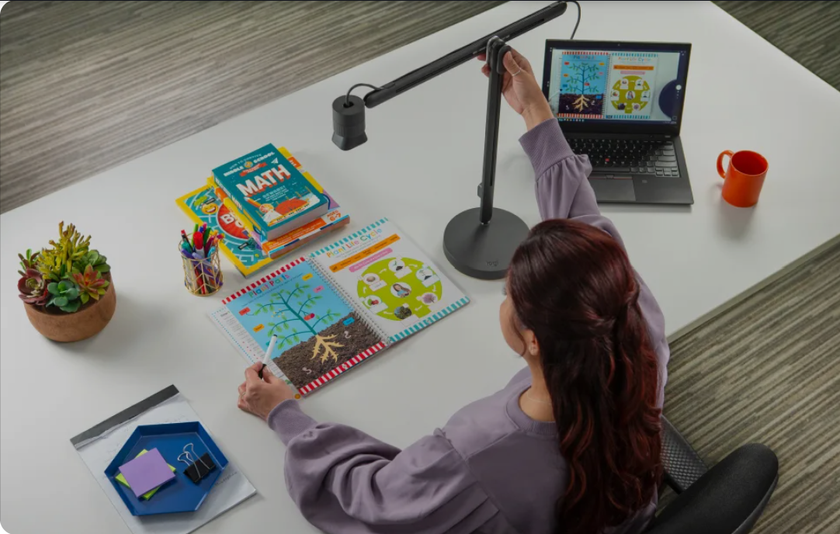Tips and Techniques to Make Technology Happen
Getting the Hierarchy Right:
In many cases, the technological hierarchy is wrong. It’s really no one’s fault. I think sometimes it’s a matter of history. In the early days, the Directors of Technology may have been the only people who knew how to get anything to work. That early success was important, but created the phenomenon of one person with what seemed to be an extraordinary amount of power. Some districts still run this way. Many Directors of Technology aren’t educators. So, Assistant Superintendents usually partner with Directors of Technology. That’s great when the Assistant Superintendent knows, or has time to integrate technology, as well as manage curriculum and a lot of other stuff throughout a district. It is very common to have that kind of technological leadership. Creating a district technology committee can help.
The best approach could be to create an Educational Technology Director’s position. That could be a budget challenge, and possibly more difficult in districts where new positions are rarely created.
Some districts can break this down, further, into building Technology Integration Specialists, or Teachers on Special Assignment. Theoretically, depending on the district, there could be a different specialist at elementary, middle, and high school levels.
Having a person who knows technology and education sandwiched between the Assistant Superintendent and District Technology Director is a good plan, though. Without that position, integration can be slow. The Director of Technology’s job should be to make the wiring do what’s needed educationally in a district or school. Often, without an Education Technology Director, districts fall into the “It works! Leave it alone! Don’t add or change anything, or it will break!” mode.
Getting the technology hierarchy right is important for getting the most out of a District Technology Team. When the hierarchy is right, districts may decide to have three, or more, exciting, technology committees. Imagine adding a Future Technology Committee, or a Technology Grant Committee to the existing Technology Curriculum Committee. Individual school technology committees, meeting frequently, can send meaningful suggestions to the higher-level district committees, and know that proposals will be reviewed.
Communications:
Tech & Learning Newsletter
Tools and ideas to transform education. Sign up below.
Communications is the most important requirement for integration of technology in a school, a district, or a state. The technology team has to make it a priority to communicate, and that means communicating not only from the top to the bottom but from the bottom to the top. No one should be left out, or feel as though they are out of the loop. Without communications, there will be very little movement forward.
One Way District Communications Can Happen:
Districts looking for a way to unite their school community may want to check out SchoolCMS. CMS stands for Communication Management System, and is presented by a young company called PowerIT. SchoolCMS is giving most of the teacher Web page sites a run for their money. This company will actually work with you to build what you need, and do it at a reasonable price. It’s worth a look if your district’s or school’s first priority is to get everyone together, even if that just means school and teacher sites, calendars, surveys, or intranet ideas. It’s one of the best online solutions out there, and former teachers staff it.
District Goals and Local Schools:
The way to make progress is to share a district plan with all the schools in the district, even though the schools may be on different technological playing fields. Each local school needs to discover what can be done with the technology it already has.
Playing the “that school has _____ but we don’t” game shouldn’t enter the technology integration equation, although, you will hear it. Prove that you can integrate technology with what exists. Sitting at the school entrance grumping never works. A united effort to show what works doesn’t always help, but it sure can explain how you can use more ‘stuff’ to do more.
Beginnings – Professional Development in an Individual Technological Way:
A great way to make things happen is to offer some sort of Professional Development. The problems are finding the time and finding staff to do the courses. So, when and how do you get administrators, teachers, and staff the training they need? How can you answer all the individual software questions?
Well, a possible answer could be online. For example, Atomic Learning offers tutorials in most of the software used by schools, even stuff they hope to some day acquire, as well as the software that staff may have on their personal computers. Atomic Learning also has a Higher Education site. The company offers lessons for both Mac and PC platforms, accessible from school or home. The concept is to show short film clips of important software tasks. You watch, listen, and learn at your own pace. Quite a few are Closed Captioned, too. Atomic Learning also has curriculum tools, newsletters, workshops, and resources. Try the free preview movies to learn more. The company has also offered free Trial accounts for a longer and more thorough preview. It may be the answer to your professional development woes.
Remember That Perception is Important:
Many will be quite happy to continue along without change, because they believe the “what we have is good enough” canard. Others will be happy to moan and groan about not having what’s needed, and will never take it to the “what can we do to make it better” stage.
When I was very young, I brought my Grandfather a piece of wood to carve. Grandfathers can do anything, or so I thought. When he handed it back, it still looked like a piece of wood. I took it with love, but carved on it a bit more, myself, and it looked a little more like what I had envisioned. Some will see and be satisfied with that first carving, or idea, and may not realize that it can be better. There’s nothing wrong with that, but cherish the people who note the difference, and have a passion for sharing technology. Passion can’t be bought; so having that flame extinguished is unacceptable. These folks already know that more whittling is needed, and probably know how to do it.
So, think about the right hierarchy, communicate, choose a program to make an impact, and above all get your technology team moving forward together.
Email:Ken Royal










